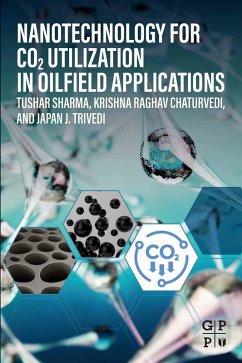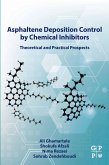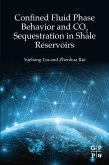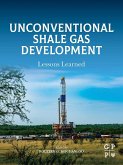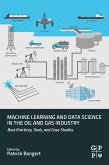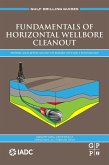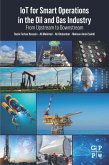Nanotechnology for CO2 Utilization in Oilfield Applications delivers a critical reference for petroleum and reservoir engineers to learn the latest advancements of combining the use of CO2 and nanofluids to lower carbon footprint. Starting with the existing chemical and physical methods employed for synthesizing nanofluids, the reference moves into the scalability and fabrication techniques given for all the various nanofluids currently used in oilfield applications. This is followed by various, relevant characterization techniques. Advancing on, the reference covers nanofluids used in drilling, cementing, and EOR fluids, including their challenges and implementation problems associated with the use of nanofluids.
Finally, the authors discuss the combined application of CO2 and nanofluids, listing challenges and benefits of CO2, such as carbonation capacity of nanofluids via rheological analysis for better CO2 utilization. Supported by visual world maps on CCS sites and case studies across the industry, this book gives today's engineers a much-needed tool to lower emissions.
Finally, the authors discuss the combined application of CO2 and nanofluids, listing challenges and benefits of CO2, such as carbonation capacity of nanofluids via rheological analysis for better CO2 utilization. Supported by visual world maps on CCS sites and case studies across the industry, this book gives today's engineers a much-needed tool to lower emissions.
- Covers applications for the scalability and reproducibility of fabrication techniques for various nanofluids used in the oilfield, including visual world maps that showcase current stages and future CCS sites
- Helps readers understand CO2 case studies for subsurface applications, including CO2 injection into depleted reservoirs
- Provides knowledge on the existing challenges and hazards involved in CO2 for safer utilization
Dieser Download kann aus rechtlichen Gründen nur mit Rechnungsadresse in A, B, BG, CY, CZ, D, DK, EW, E, FIN, F, GR, HR, H, IRL, I, LT, L, LR, M, NL, PL, P, R, S, SLO, SK ausgeliefert werden.

